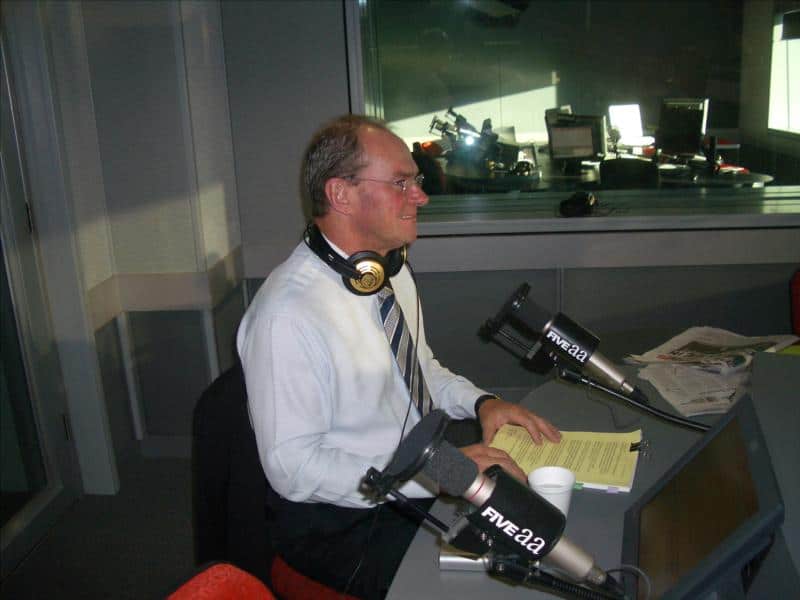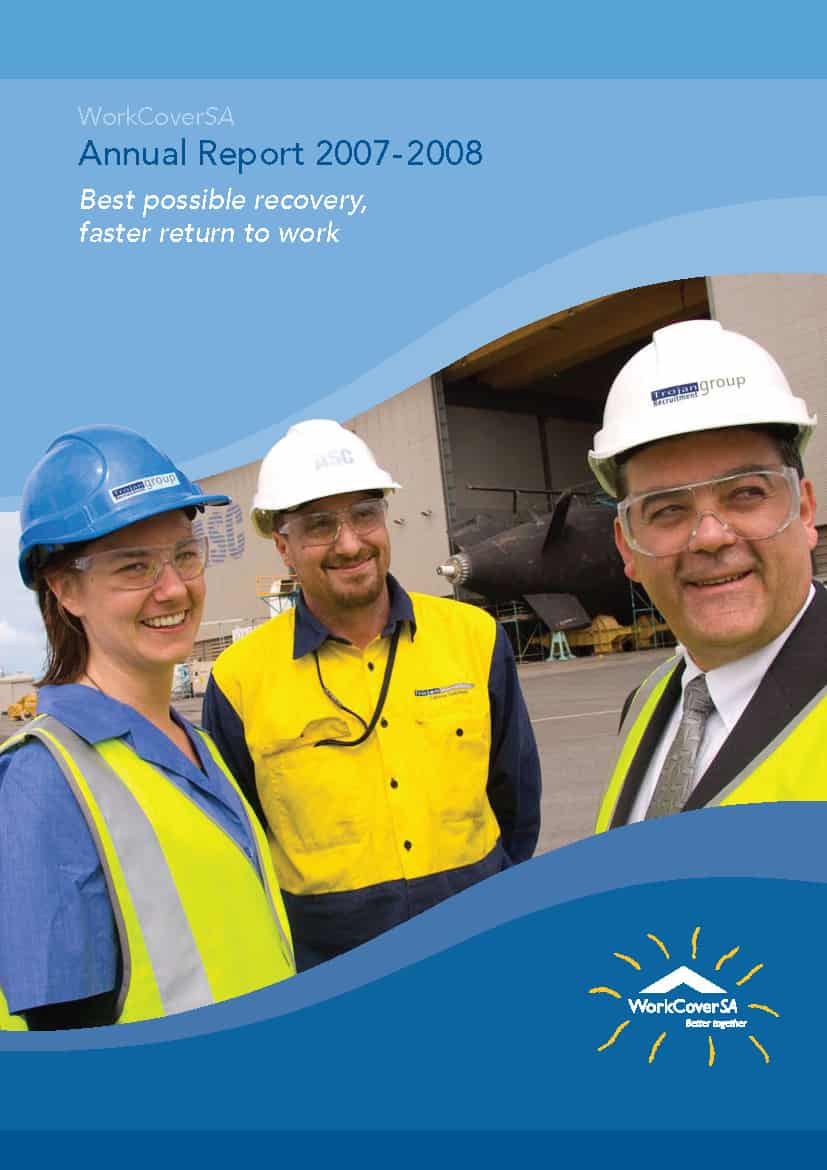(Particularly) since the fall of Lehman Brothers, the returns on investments throughout the world have dived. Australia has been relatively unaffected but the signs are starting to look bad and if it wasn’t for China and India buying the country’s resources, Australia’s economy would more closely resemble Europe and the United States.

This turmoil provides a free-kick for opposition political parties who can question governments on their economic performance and foresight. For some time the South Australian opposition leader, Martin Hamilton-Smith, has been attacking in just this manner. Last week the WorkCover Corporation released its annual report. It happened to be during a sitting of Parliament so question time was peppered with WorkCover-related questions.
Often, the discussion is empty argy-bargy but Liberal Party leader Hamilton-Smith asked the most important question based on the 2008 Annual Report.
Can the Minister for Industrial Affairs explain to the house why WorkCover Corporation’s income from investments appears to have fallen by a quarter of a billion dollars in one financial year?
One has to remember that that Annual Report covers 2007-2008 and the financial crisis has only really cranked up in 2008. WorkCover Corporation lost $238 million. WorkCover Minister Paul Caica responded by blaming global problems so Hamilton-Smith asked another question, how much has been lost in the current financial year?
Paul Caica, understandably, did not have those figures available but the question highlighted the importance of chronology in the management of workers compensation funds. When the international investment market started to fail, how did the fund managers of WorkCover Corporation react?
This will become increasingly important as other State Governments in Australia begin releasing their departmental annual reports over the next few months. The Victorian Government has a habit of releasing their annual reports in such a way that adequate scrutiny is impossible. The honour and trustworthiness of governments will be shown by how open and accountability they can be in the next 12 months.
But don’t allow them the easy “out” of blaming the global financial crisis for underperformance. In the area of workers compensation, it is our premiums that provide them their economic base.



